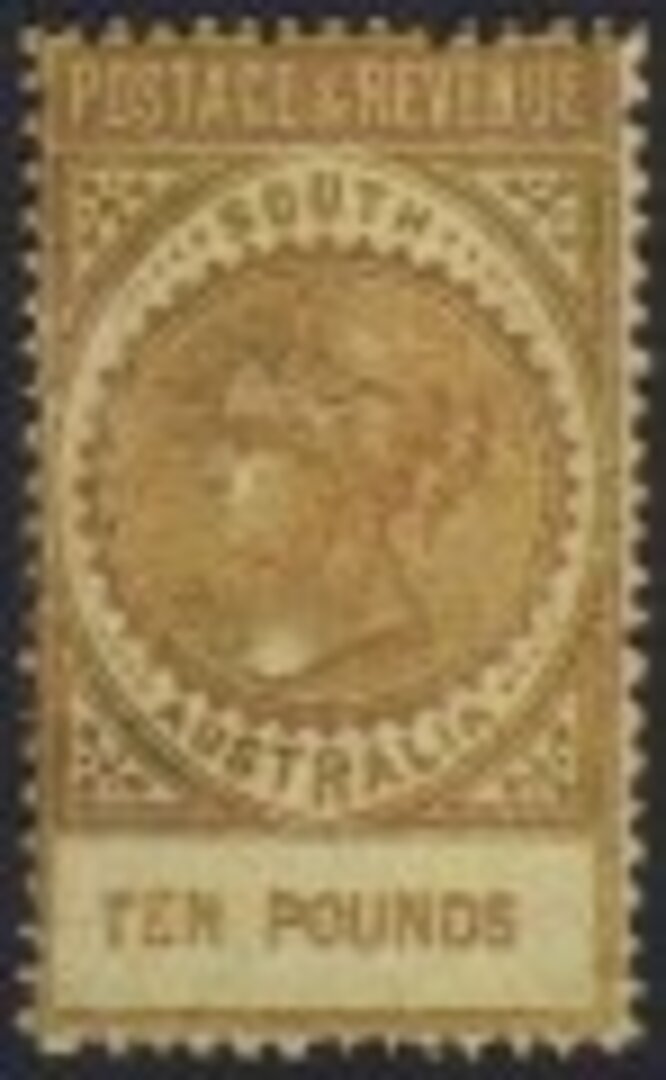The stamps we love to hate!
Here at Sandafayre we have several shelves of literature devoted to the detection of forged & faked stamps. Amongst the works (some of them very old) we have a complete run of “Fakes Forgeries Experts” published by the Association of International Philatelic Experts (A.I.E.P.) which is often scientific in nature with each edition covering a myriad of subjects from say the faking of pre-stamp markings of the Carpatho-Ukraine to reproductions of modern Chinese commemorative stamps. Other books include the wonderful 3- volume “The Work of Jean de Sperati” published by the Royal Philatelic Society detailing the work of the most technically accomplished stamp forger ever, and going further back in time “The Serrane Guide” a carefully translated book from the original French language whose volumes were first published in the 1920’s.
The first forgeries appeared just fourteen years after the Penny Black, an attempt at postal fraud, then just two years later the first forgeries aimed directly at collectors appeared (Brazilian “Goats Eyes”). This trend continued throughout the 19th Century. The lack of photographic catalogues and publications meant that collectors didn’t know what genuine examples of many stamps looked like. Often forgeries were created by directly copying the artistic illustrations in early stamp catalogues and it was even common for collectors to knowingly purchase ‘reproductions’ of stamps to fill spaces in their albums!
It is not surprising then that many old albums contain at least a ‘smattering’ of forgeries. As the price of collectable stamps grew then the rewards for creating a successful forgery also grew and for many years forged stamps were seen as a blight on the hobby. Useful guides appeared, written by experts including “Album Weeds” (last published in 1907) and the aforementioned studies by Fernand Serrane.
As the so-called “French Method” of stamp collecting (where all manner of things pertaining to a stamp such as artwork, proofs, shades, papers etc) gained popularity during the early years of the 20th Century it slowly dawned on collectors that the addition of forgeries to their specialised collections might be desirable, for reference purposes, for fun and for the history. No better is the last point made than by the publication in 1991 of “Philatelic Forgers, Their lives and Works” by Varro E. Tyler which tell the stories of stamp-forging ‘luminaries’ such as Sperati and Francois Fournier and their rather grubbier brethren such as Rudolph “Greasy Dick” Thomas and Adrien Champion with his five aliases!
Forgeries are now popular, fascinating additions to many collections. Like all reputable stamp auctions we spend a great deal of time protecting our clients from them, however we sometimes get the opportunity to offer some very interesting lots that will add interest and value to any album.
Please take a look at our special section of forgery collections

 General
General
 General
General
 General
General